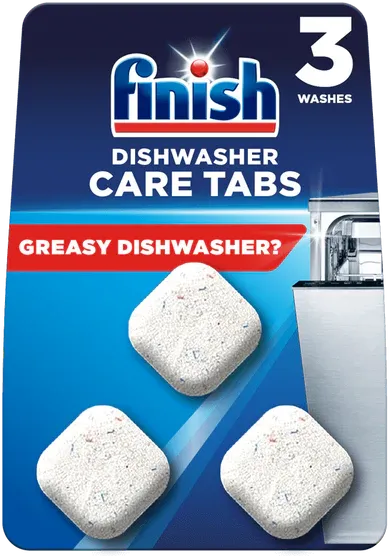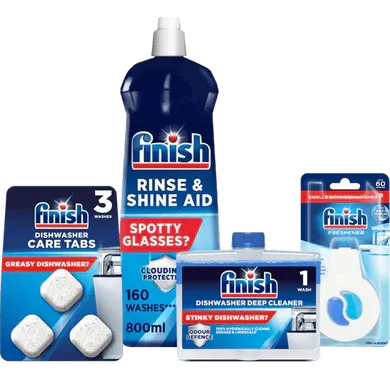
How to load your dishwasher
Find out how to load your dishwasher properly for optimum cleaning. From rinsing to not overloading to stacking your kitchenware in the best spot, we cover best practice.
Despite how advanced your dishwasher or how powerful your dishwashing detergent may be, you run the risk of unsatisfactory cleans if you don’t stack your dishwasher correctly.
Thankfully, knowing how to load your dishwasher is straightforward – as long as you follow some best practices. Our simple tips below can help:
DON’T RINSE YOUR DISHES
Believe it or not, it’s a myth that you need to rinse dishes before putting them in the dishwasher. Although you should always remove excess food on plates to prevent the machine from clogging, rinsing your dishes before the dishwasher will only waste valuable water and increase your bills.
DON’T OVERLOAD
It may be tempting to squeeze all your family’s dishes into one load to save time, but an overloaded dishwasher can cause damage to dishes. Plus, you may find that items don’t clean as well due to overcrowding disrupting the flow of the water and detergent.
KEEP PLASTICS ON THE TOP RACK
The hottest part of your dishwasher is at the bottom, where the heating element is positioned. Keep your dishwasher-safe plastics on the top rack to prevent them from warping. Learn more about what plastic can go in your dishwasher so as not to damage your best Tupperware.
LOAD YOUR GLASSES AND MUGS ON THE TOP RACK
The top rack of your dishwasher is also designed to clean cups, glasses and mugs – when they’re placed correctly, the water and detergent can effectively clean inside.
PLACE HEAVILY DIRTIED ITEMS FACE DOWN
If you’re cleaning trays or items with baked on food or other stubborn residue, make sure you place them face down, so the spray arms can effectively clean with accurate amounts of pressure.
LOAD UTENSILS IN THE DISHWASHER HANDLE DOWN
Load your forks and spoons handle down to make sure the dirtiest parts get cleaned the most thoroughly. For knives, however, you’re going to want to load them blade down, handle up to prevent you from cutting yourself when unloading.
PUT OVERSIZED ITEMS TOWARDS THE SIDES AND BACK
Cutting boards and platters should be placed towards the sides and back of the dishwasher to prevent them from disrupting the flow of water and detergent.
LOAD DISHWASHER WITH POTS AND PANS AT THE BOTTOM
Most pots and pans made of stainless steel can go in the bottom rack of the dishwasher – however, be sure to check the manufacturers' advice before loading.
Need more information on how to wash different kinds of kitchenware? Find out more in our articles below.
WHAT ITEMS CAN BE PUT IN THE DISHWASHER?
These days, most kitchen items can go in the dishwasher – however, it’s always important to check first, so you avoid ruining both your appliance and your valuable kitchenware. Learn more about what items are dishwasher safe here.
- Removes grease and limescale from your machine.
![Finish Dishwasher Cleaner Twin Pack]()
- Clean away grease and grime, use in wash.
![In Wash Dishwasher Cleaner]()
![Dishwasher Complete Care Kit Regular]()

